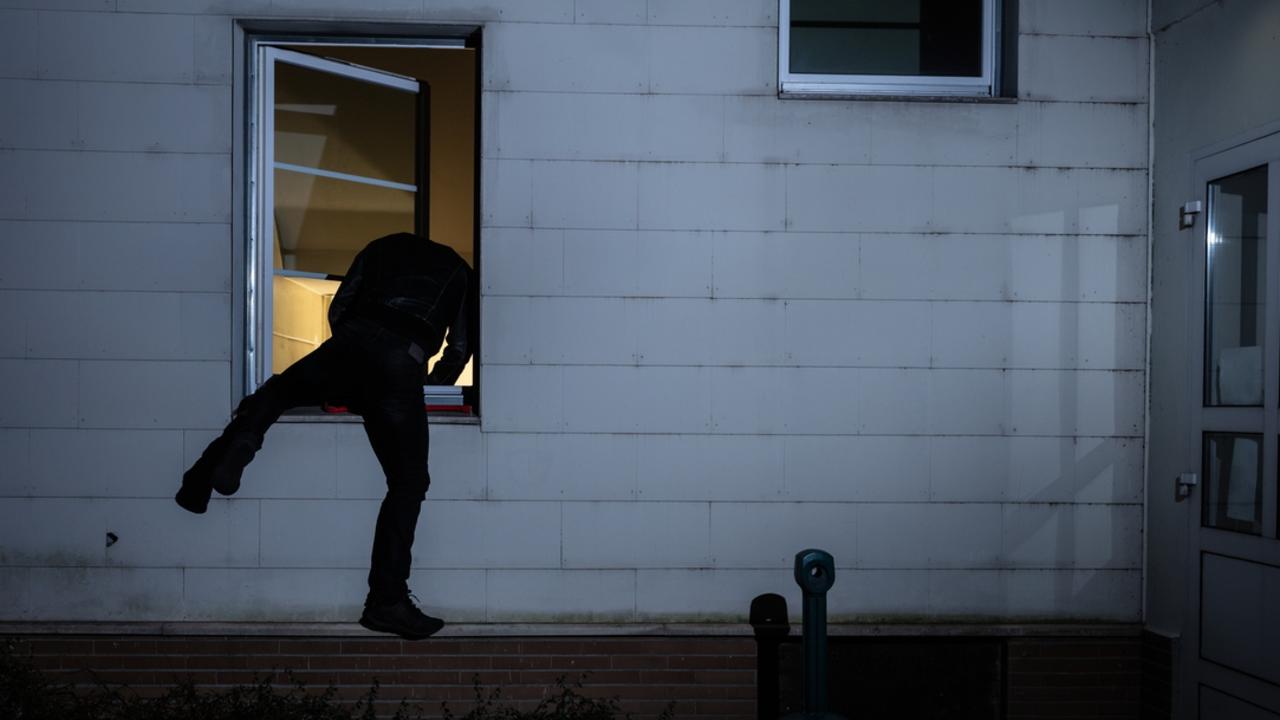Odour detection dogs locate foraging fire ant nests in Oakey
Fire ants have surfaced northwest of Toowoomba, located by dogs trained to detect the foraging invasive pests. It comes as a new report estimates the council bill could be up to $15m a year to contain the pests.
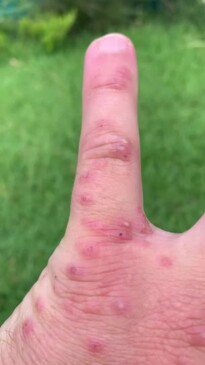
News
Don't miss out on the headlines from News. Followed categories will be added to My News.
Foraging fire ants, potentially one of the biggest biosecurity threats to Australia, have been found by specialised detection dogs north west of Toowoomba.
Earlier this year, a startling find of more than 80 fire ant nests at the Oakey Aviation Base put the Darling Downs into red alert.
Within weeks, a 5km emergency biosecurity zone had been established.
Since then the aviation base has been under constant surveillance, and part of the measures include highly specialised odour detection dogs which check for the underground foraging ants.
If the ants are not kept in check and eradicated, experts estimate the ants could cost councils up to $15 million a year to contain.
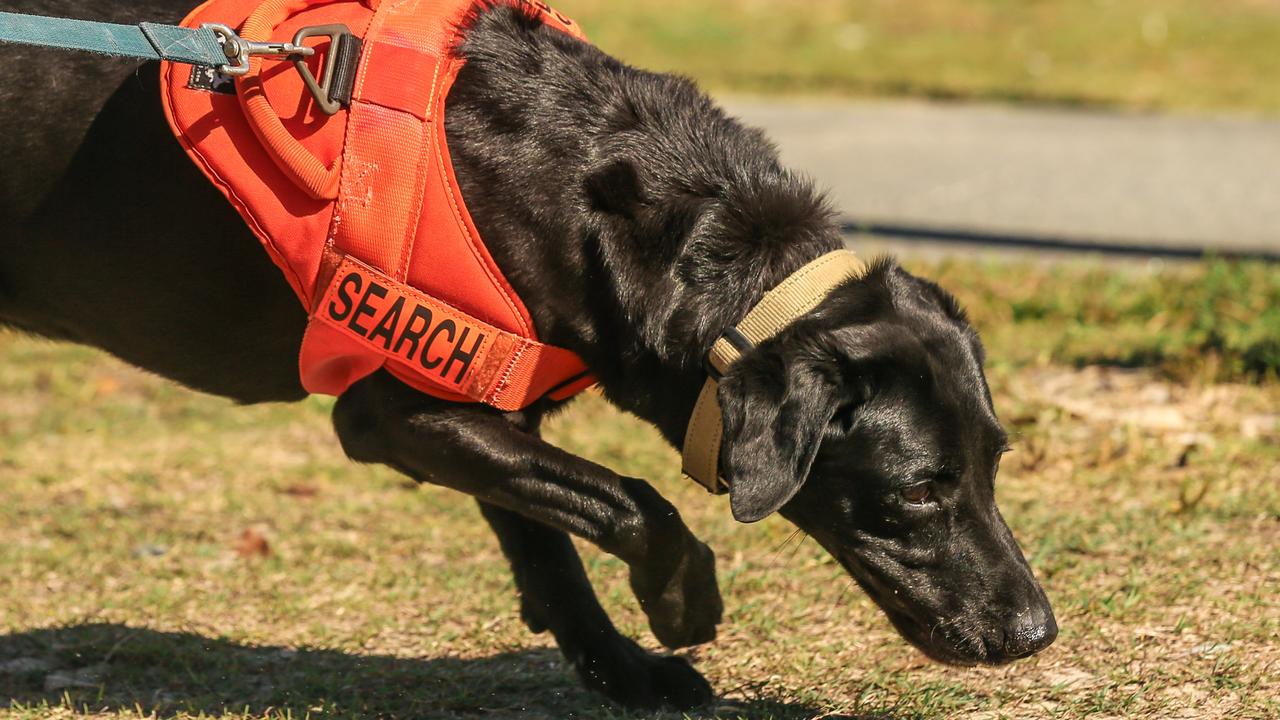
The fire ants were found by the dogs within the army base on October 2, however, “it is not uncommon to find foraging fire ants in areas undergoing eradication treatment,” a media release from the National Fire Ant Eradication program stated.
“The ants have been treated with direct nest injection and the Program is continuing to work with the Department of Defence to ensure no fire ants remain.”
The tiny, reddish brown ants are easily agitated and swarm when threatened, biting multiple times in unison, leaving long-lasting painful pustules.
Earlier this year the tiny ants wreaked havoc on Helensvale’s Hessian Oval on the Gold Coast resulting in a number of cricket matches cancelled or postponed as players faced the wrath of the ants should they step on a nest.
Burrowing underground they are known to eat through crop root systems and have even caused electrical issues due to chewing through cables.
An Australian Institute report estimates fire ants could cause six deaths a year, with another 116,000 in medical visits as households fork out extra costs for both medical expenses and pet care.
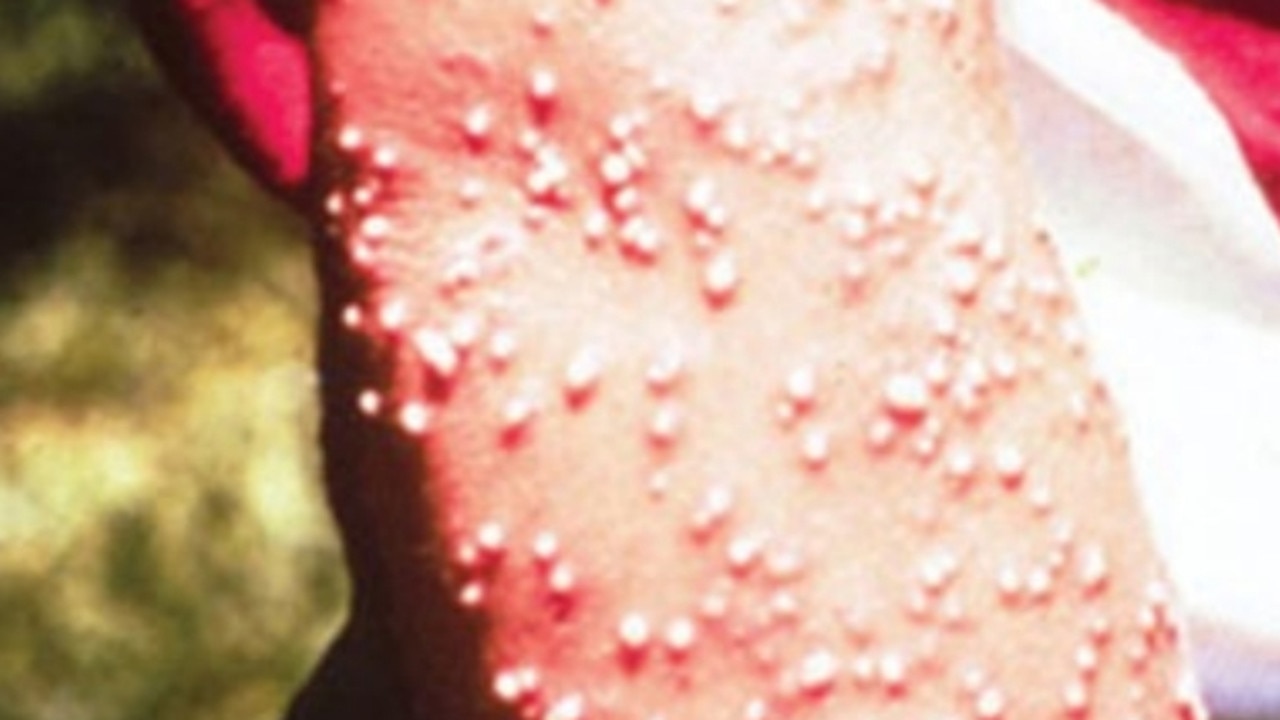
In June 2024, the state government allocated almost $300m to Biosecurity Queensland, with part of the funds boosting staff numbers in the fire ant eradication program.
The state also passed on fire ant management costs to nine local governments within the some 800,000ha suppression zone in south east Queensland.
The Gold Coast Council, known as “ground zero” for fire ants, is staring at an annual cost of $15 million a year if the ants are not eradicated.
The statewide bill for the fiery pests is estimated to reach $188m.
Eradication efforts have been proving difficult in some metro areas, with “a small minority” opposed to the program with concerns over the safety of the bait on other animals, general manager at NFAEP Marni Manning said.
The National Fire Ant Eradication Program has reassured the community that fire ant treatment is safe and are working alongside police for compliance.
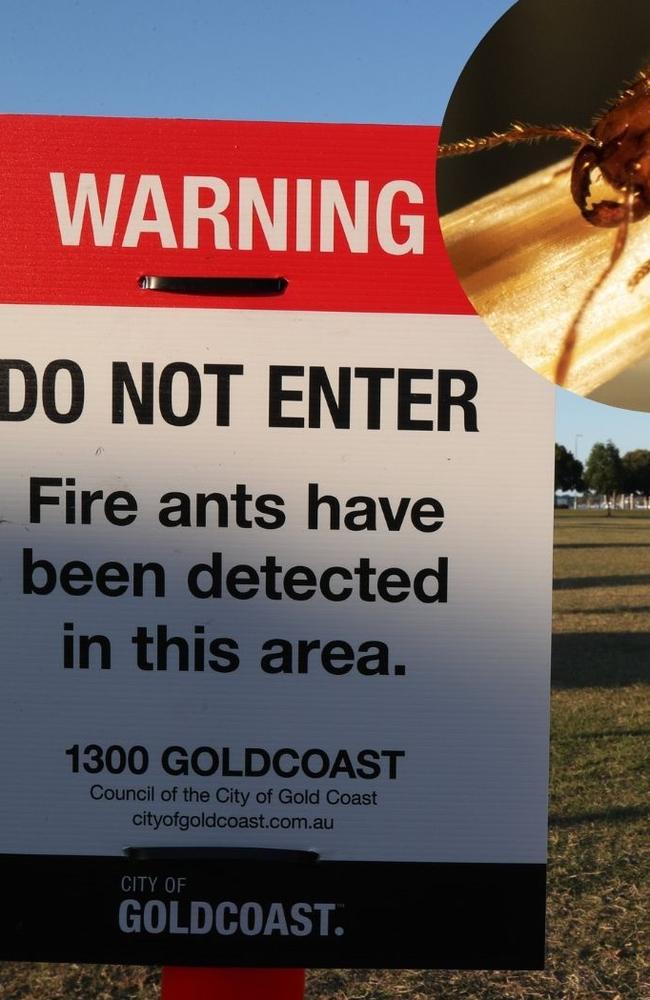
About fire ants
Fire ants are dark reddish-brown with a darker black-brown abdomen and range in size from 2-6mm long. Their ant nests are distinctive mounds of loose, crumbly or fluffy-looking soil with a honeycomb appearance, up to 40cm high, with no obvious entrance holes.
Fire ants can damage electrical and agricultural equipment, sting people, pets and livestock, kill native plants and animals, and damage ecosystems beyond repair.
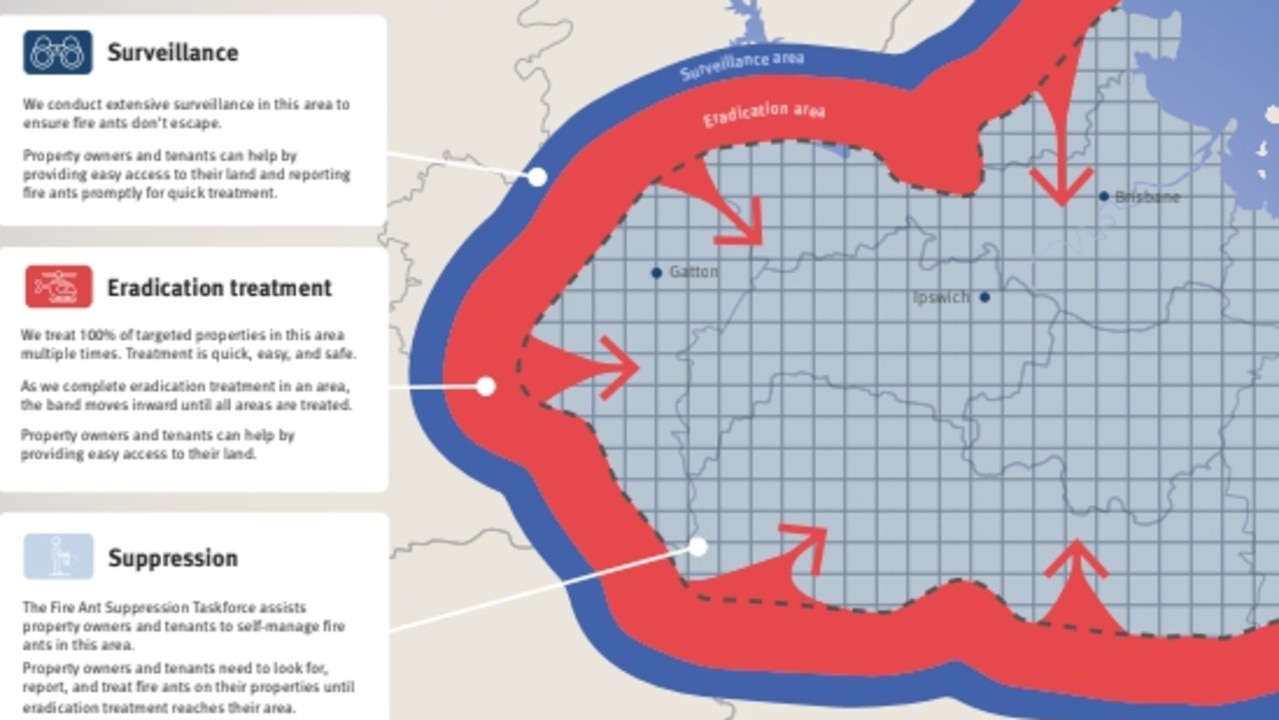
Those who breach the emergency biosecurity order could face significant penalties with fines for breaches reaching up to $1.1m for an individual and up to $2.2m for a corporation.
Fire ants can form rafts during flood events, stowaway in freight or soil, or spread by queen ant flights of around 5 km per year (and up to 30 km in favourable conditions).
Fire ants came into Australia in the late 90s in freight from the United States, they were found in 2001.
Fire ants are originally from South America.
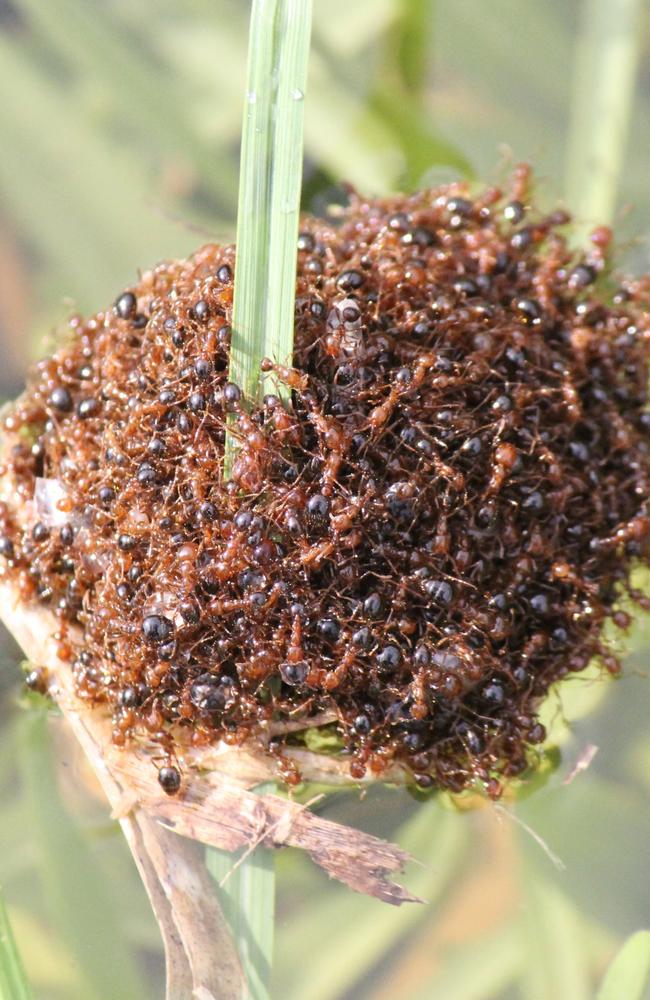
Fire ants have spread across most of the southern United States, and are spreading in China at a rate of about 80km per year.
Australia has managed to contain fire ants in south east Queensland since 2001 however has not yet been able to complete successful eradication.
To help with eradication efforts, the community is asked to report suspicious ants or ant mounds if spotted.
Report fire ants to: Queensland: 13 25 23 or www.fireants.org.au
To find out more advice on what to do visit: https://www.fireants.org.au/treat/residential-landowner-or-tenan








